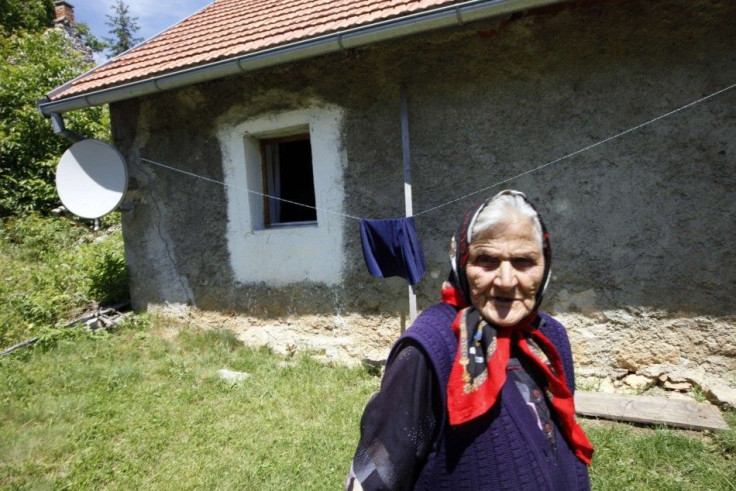New Resesrch Explains Why Elderly People are Prone to Sleep Disorders
Those in Their 70's experienced One Hour of Lesser Sleep Compared to those in their 20's

Elderly people have difficulties with their sleeping patterns. A study led by researchers at Beth Israel Deaconess Medical Center (BIDMC) and the University of Toronto/Sunnybrook Health Sciences Center found out that older people find it difficult to fall asleep or stay asleep and tried to explain the reasons for them to experience this kind of problems.
They found out that a group of inhibitory neurons that are essential for a prolonged and undisturbed sleep was diminishing among the elderly people. The findings were made by a research on animals, in whom the loss of these neurons caused sleep disruption. Senior author Clifford B. Saper, MD, PhD, Chairman of Neurology at BIDMC and James Jackson Putnam, Professor of Neurology at Harvard Medical School said that on an average, those who are in their 70's experienced a lesser sleep duration compared to those who are in their 20's. The loss of sleep is said to be one hour lower than the young adults. He also explained that sleep loss and sleep fragmentation leads to other health issues such as cognitive dysfunction, increased blood pressure, vascular disease and a tendency to develop type II diabetes. It was seen as a major contributor for other disorders in elderly people.
"Our experiments in animals showed that loss of these neurons produced profound insomnia, with animals sleeping only about 50 percent as much as normal and their remaining sleep being fragmented and disrupted," he explained.
There is a group of cells in the human brain, the intermediate nucleus that has the same inhibitory neurotransmitters called the galanin. This is similar to the vetrolateral preoptic nucleus in rats that regulate their sleep. To come to this conclusion data from the Rush Memory and Aging Project, a community-based study of aging and dementia that began in 1997 was analysed. The study included data of 1,000 subjects who were followed from the age of 65 till their death, some are still being tracked. Their brains were donated after their death for the study.
"Since 2005, most of the subjects in the Memory and Ageing Project has undergone actigraphic recording every two years. This consists of wearing a small wristwatch-type device on their non-dominant arm for seven to 10 days," explains first author Andrew S. P. Lim, MD, of the University of Toronto and Sunnybrook Health Sciences Center and formerly a member of the Saper lab.
He explained that previous research testified the efficiency of the actigraphic recordings; it was a good measure of the amount and quality of sleep. Saper said on analysis of the number of ventrolateral preoptic neurons and their quality and quantity of sleep revealed that those with fewer neurons experienced lesser and a more disturbed sleeping pattern.
"We found that in the elderly patients who did not have Alzheimer's disease, the number of ventrolateral preoptic neurons correlated inversely with the amount of sleep fragmentation," he said. Those with the largest number of neurons (greater than 6,000) spent 50 per cent or more of their rest time in a state of non movement. While those with 3,000 and lower ventrolateral preoptic neurons spent 40 per cent of total rest time in extended periods of rest.
"These findings provide the first evidence that the ventrolateral preoptic nucleus in humans probably plays a key role in causing sleep and functions in a similar way to other species that was being studied," said Saper.




















